“Her name is Juli”
PV students reconnect teacher and Peruvian woman after 38 years
It is not often that a group of tourists show up bearing a photo of the past.
One Peruvian woman has lived her entire life isolated from the rest of the world and the superficialities of life on the island of Taquile, Perú. Imagine her surprise when a group of American teenagers came to her place of work looking for her.
That’s exactly what happened to 50-year-old Juli Yucra.
Over spring break, Pascack Valley’s AP World History class and a couple additional students went on a trip to Perú with chaperones Ms. Leah Jerome, an AP world history teacher, and Mr. Matthew Schulien, a business teacher. The students went searching for Yucra on behalf of Spanish teacher and head volleyball coach Señor Andrew Lewis.
Looking back on it, you never count out what you think is impossible
— Mr. Matthew Schulien
From September, 1978 to June, 1979, Lewis went on an expedition across South America with other foreign travelers that he met along the way. He visited Colombia, Ecuador, Perú, Bolivia, Argentina, Paraguay, and Brazil. During the five days that he spent in Taquile, Lewis came across Yucra and asked to take her picture.
“She had a very cute smile and I said, ‘Is it okay if I take your picture?’ And I took the picture and I started to talk to her in Spanish,” said Lewis. “I asked her her name and she told me that she was Juli. And I asked her how old she was and she said that she was 12 years old. And then I had asked her if she had ever been to Puno, which is the city on the shore of the lake that I had come from on a two and a half hour boat ride. And she said no, that she had never visited the mainland city of Puno. And it had occurred to me that I was 5,000 miles away from my home in New Jersey and this little girl never ever set foot off of this island which is only 3 miles long and ½ mile wide. This little island was her entire world.”
After meeting her and observing her simple life on the island and the island itself, Lewis was inspired to write a poem about her life and his. The purpose of the poem was to express that even though Yucra’s lifestyle is more simple and pure than his, it is just as valid.
Juli
Se llama Juli –> Her name is Juli
Tiene doce años –> She is 12 years old
Vive en una isla en el Lago Titicaca –> She lives on an island in Lake Titicaca
Nunca ha pisado otra tierra –> She never stepped foot on any other land
Vive en una choza de adobe –> She lives in an adobe hut
Con techo de totora –> With a roof of totora reeds
Se viste en ropa de lana que le ha hecho su madre con las manos –> She dresses in wool clothes that her mother has made for her by hand
Tiene los pies duros –> She has strong feet
Y la sonrisa linda –> And a beautiful smile
En su ser el odio no existe –>In her being hatred does not exist
Ni avaricia ni insinceridad –> Neither avarice nor insincerity
Habla quechua y castellano –> She speaks Quechua and Spanish
Sabe del sol y de la luna –> She knows of the sun and the moon
De la lluvia y del viento –> The rain and the wind
Ha reído con su familia –> She has laughed with her family
Y con ellos también ha llorado –> And with them she has also cried
Amanece con el sol –> She rises with the sun
Y con el anochecer se acuesta –> And with the sundown, she goes to bed
Ve la vida con ojos puros –> She sees life with pure eyes
Humildes y sinceros –> Humble and sincere
Yo he caminado lejos de mi tierra –> I have walked very far from my homeland
He buscado la verdad en todas partes –>And have searched for truth everywhere
Sólo sé –> All I know
Que no vive nada malo –> Is that she lives nothing bad
Una hija linda de este universo –> A beautiful child of this universe
Se llama Juli –> Her name is Juli
Tiene doce años –> She is 12 years old
Vive en una isla en el Lago Titicaca –> She lives on an island in Lake Titicaca
No ha pisado nunca otra tierra –> Never has she tread upon any other land
“I tried to explain in the poem that she has all the same emotions that we have,” Lewis said. “She has laughed with her family, she has cried with her family, she gets up in the morning with the sunrise and she goes to bed at night. She works in the fields. And that it is a very very beautiful life. And then the last paragraph was about me and about how I have travelled so far. And to me, I was looking for truth in the world. What’s true, what’s real, and what’s important.”
Upon returning from his trip, Lewis was hired as a PV teacher and proceeded to raise a family, which is why he never returned to Taquile to search for Yucra to give her his poem.
Since the trip, Lewis has been sharing his story with his Spanish classes by going through a slideshow of the pictures that he took on his trip, including the one of Yucra. He has also been telling his classes about his conversation with Yucra and sharing copies of his poem.
When Lewis found out that the students going to Perú were going to stop at Taquile, he entrusted the developed picture of Yucra that he took in 1978 and his poem to PV senior Adam Aloi. Aloi is fluent in Spanish and would be able to communicate with the inhabitants of Taquile efficiently. However, the entire PV group aided in the efforts to find Yucra.
Before reaching the island, Aloi and Jerome admitted that the task of finding Yucra seemed overwhelming. However, after taking an one and a half hour flight from Lima to Cusco, an eight hour bus ride from Cusco to Puno, and a boat ride to the island, finding Yucra began to seem like a possibility.
“Never count out what you think is impossible,” Schulien said.
She was so emotional to know that they have tourists every day and that no one really cares. To know that we were looking for her is probably the most interesting thing that happened to her in a long time.
— Ms. Leah Jerome
Aloi told the tour guides Saúl and Henry about their efforts to find the girl and asked for their help. The group was yelling for Yucra at every 50-year-old woman that they came across, in hopes that it was her. The first person that they asked, a worker at the dock, did not know who Yucra was. The second person that they asked, with assistance from the tour guides, said that Yucra was her cousin and that she lived on the other side of the island.
One of the tour guides had disappeared after they stopped at the Plaza de Armas, the town square. The tour guide came out of one of the shops and said that he had found Yucra.
“All of a sudden, I hear my tour guide say ‘Juli is in this building,’ ” Jerome said. “It was a little corner store that sold little tchotchkes and souvenirs. She was so emotional to know that they have tourists every day and that no one really cares. To know that we were looking for her is probably the most interesting thing that happened to her in a long time. And to know that someone remembered her and took an interest in her as a child to this day, and that her story resonated with him.”
Although it was difficult to tell if Yucra remembered Lewis from when she was 12, most of students on the trip agreed that she was touched that these strangers had come to Taquile and that they were looking for her. Aloi was able to give her the picture and the poem.
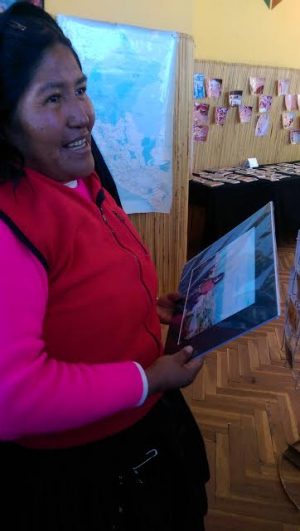
“I think that might have been what drew Mr. Lewis to the island of Taquile, how simply they live,” said Jerome. “No one set foot outside the island, but there is something very peaceful about them. I don’t think that I needed to communicate with her to know that there was a very special connection between our group and her.”
Yucra gave Aloi a bracelet from her shop and told him, “May the island be with you.” The rest of the students ended up buying bracelets from the store.
“We had found one person in the entire country of Peru,” Aloi said. “I really did not think that we were going to find her, to be honest. But the fact [is] that we were able to find this one girl in the middle of an island [that] was so remote. She was alive, healthy, and receptive; she was interested in hearing what we had to say.”
Aloi got the email address of Yucra’s son, Gerardo Yucra, who currently lives on the mainland. In exchange, Aloi gave Yucra his own personal email.
The email, as follows, was sent to Aloi. It was later relayed to Lewis.
Dear ANDREU LEWIS
Hola muy buenas noches mis estimados amigos, en primer instancia quisiera hacerle llegar mis saludos coordiales de parte de mi persona y especialmente de mi Mama” Juliana Yucra y de mis abuelitos Agustin yucra e esposa Josefa desde Isla de Taquile Lago Titicaca – Puno Peru
Bueno me es grato dirigirme a usted para decirle gracias por tener la foto de mi mama desde mucho tiempo y traerla como recuerdo desde aquellos tiempos de su niñes ahora le tendremos en nuestro corazon a ustedes como una familia que se a recordado de nosotros.
Mi nombre es gerardo hijo de Juliana Yucra quien figura en la foto de lo que tenian ustedes una vez mas muchas gracias y espero su pronta respuesta
muchos saludos
de parte de la familia isla de taquile
The email translates to:
Dear Andrew Lewis
Hello and good evening my dear friends. At this point, I would like to extend my cordial salutations from myself, my mother Juliana Yucra, and my grandparents (Agustin Yucra and his wife Josefa) from Taquile Island, Lake Titicaca, Puno, Peru.
It is great to be directed to you to say thank you for the photo of my mother from a long time ago and for bringing it as a memory from those years of her childhood. Now we will have it in our hearts, and see you guys as as a family to us.
My name is Gerardo, son of Juliana Yucra, who’s seen in the photo from you guys. Again, thank you very much and I am waiting excitedly for your prompt reply.
Sincerely,
Your family from Taquile Island
Lewis had expected the group to find Yucra. From his observation of the small school house and the inhabitants of the island in 1978, he didn’t think that she would have the opportunity to leave the island because she was part of a small, isolated, and self – sufficient community.
“I feel really thankful and grateful that they found her,” Lewis said. “It really touched my heart, the fact that they met her and that she was touched by receiving and holding the picture and also by the friendship that all of our students extended to her.
“I feel like a part of me went back and reached out. Both of us, you know, her as a little girl and me as a young man, I just feel like we have been reconnected.”

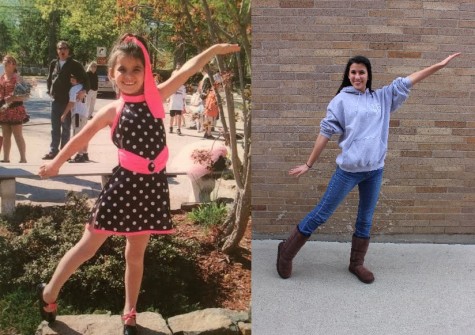
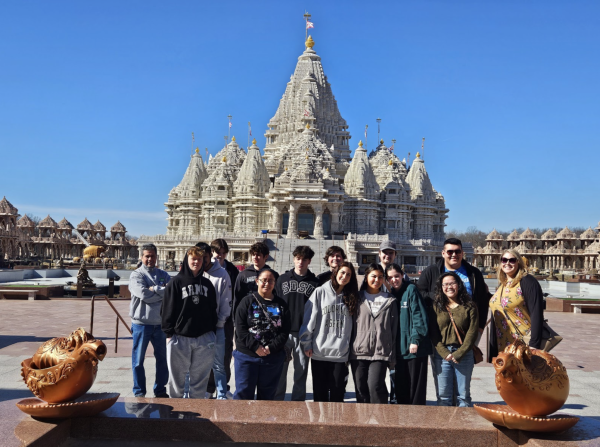
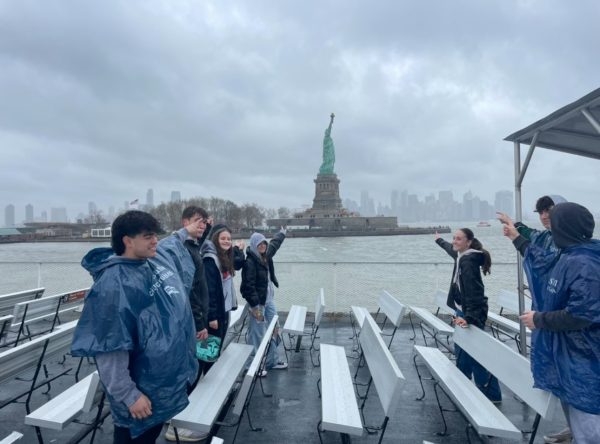
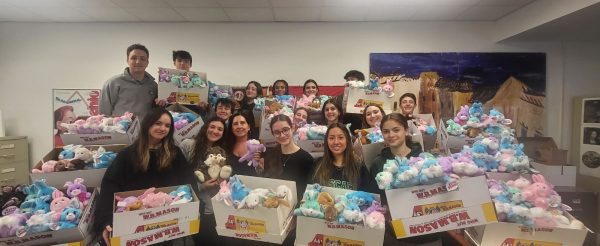

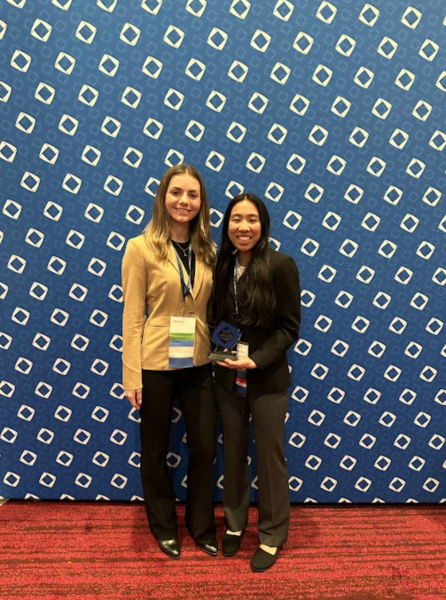

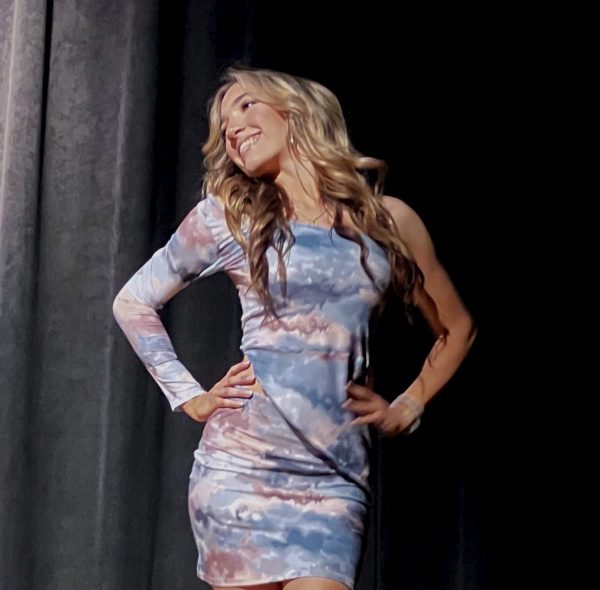
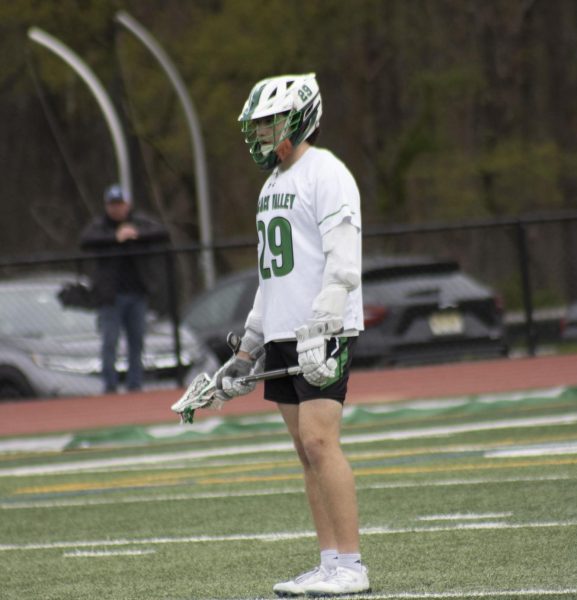
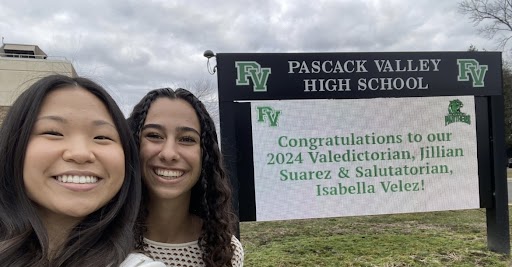
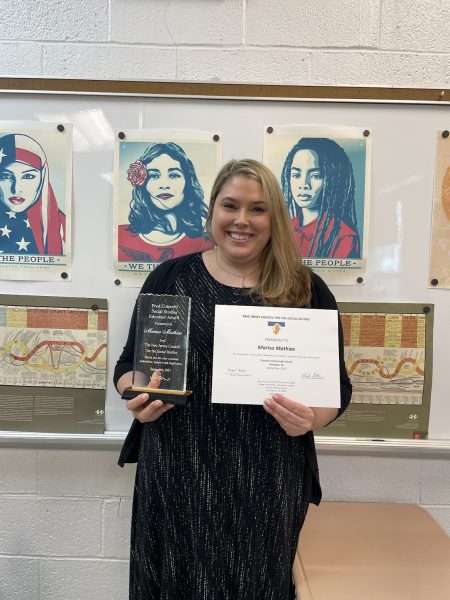
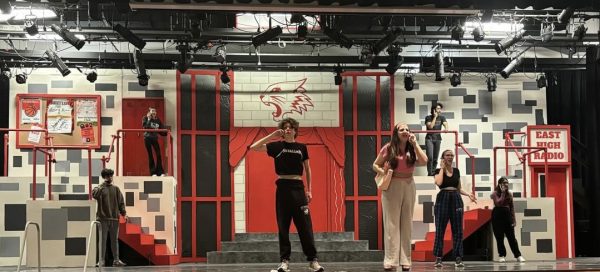

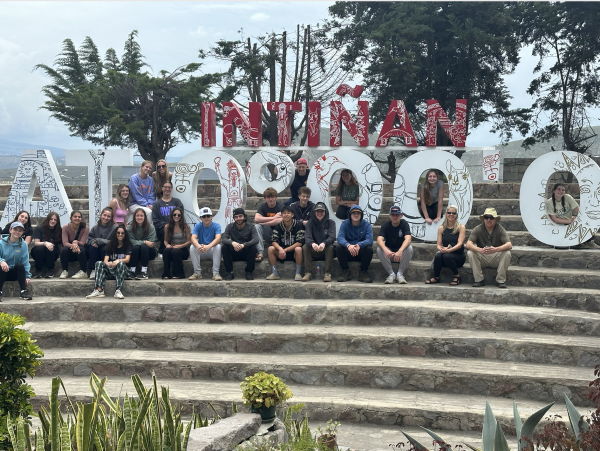
Peggy White • Jun 16, 2016 at 9:00 am
What a great story! I really enjoyed hearing about it!
Borghi • Jun 16, 2016 at 8:30 am
Fantastico!!!